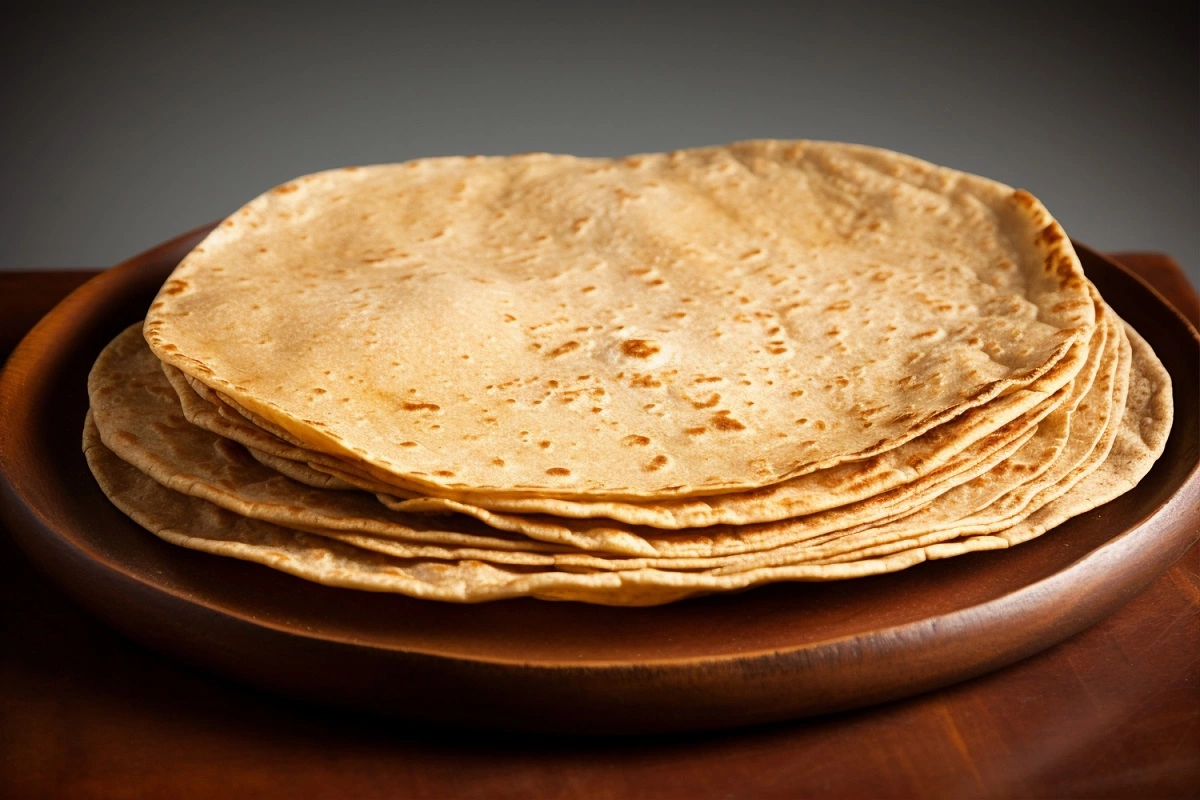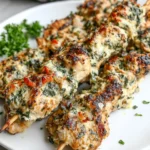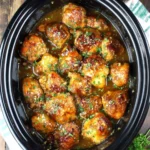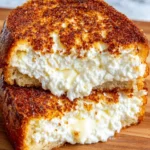Introduction to Tortilla Kitchen
Tortillas, those flat, round staples of Mexican and Tex-Mex cuisine, are more than just a simple bread. They’re a canvas for culinary creativity, a link to rich cultural traditions, and, let’s face it, downright delicious. Whether you’re wrapping up a burrito or savoring a soft taco, tortillas are the unsung heroes of many a meal. In the realm of tortilla cooking, these versatile creations play an essential role in the Tortilla Kitchen, providing the foundation for countless homemade tortillas recipes. They embody a blend of tortilla nutrition and taste, making every bite a journey through tradition and innovation. As we delve into the tortilla preparation techniques and tips, let’s appreciate the diverse roles tortillas play, from being a hearty base in a burrito to a delicate wrap in a taco, showcasing the true spirit of tortilla tips.
Tortilla Kitchen: Corn vs. Flour
Ah, the eternal debate: corn or flour tortillas? Each has its own unique charm. Corn tortillas, with their earthy flavor and firm texture, are the traditional choice in many Mexican dishes. Flour tortillas, on the other hand, are softer and more pliable, perfect for burritos and quesadillas. The choice often boils down to personal preference and the dish at hand.
The Art of Making Tortillas
Making tortillas is a dance between simplicity and skill. The traditional method involves just a few key ingredients: masa harina for corn tortillas and wheat flour for their floury counterparts. But the magic lies in the kneading, rolling, and cooking. It’s a process that’s both meditative and rewarding.
Tortilla Kitchen Essentials
Setting up your tortilla kitchen? You’ll need a few essentials. A tortilla press can be a game-changer, especially for corn tortillas. A good skillet is crucial too. And don’t forget the ingredients: high-quality masa harina and wheat flour can elevate your tortillas from good to magnífico.
The Best Flour Tortillas: A Taste Test
When it comes to store-bought flour tortillas, not all are created equal. Some are too thick, others too gummy. The best ones? They strike the perfect balance between softness and chewiness, with a subtle wheaty flavor that complements, rather than competes with, your fillings. For a deeper dive into the world of tortillas, including their fascinating history, check out this insightful article on the History of Tortillas.
Making Tortillas at Home: Ingredients and Method
Making tortillas at home is a rewarding experience that allows you to enjoy fresh, delicious tortillas with a few simple ingredients. Here’s a detailed guide on how to make flour tortillas at home:
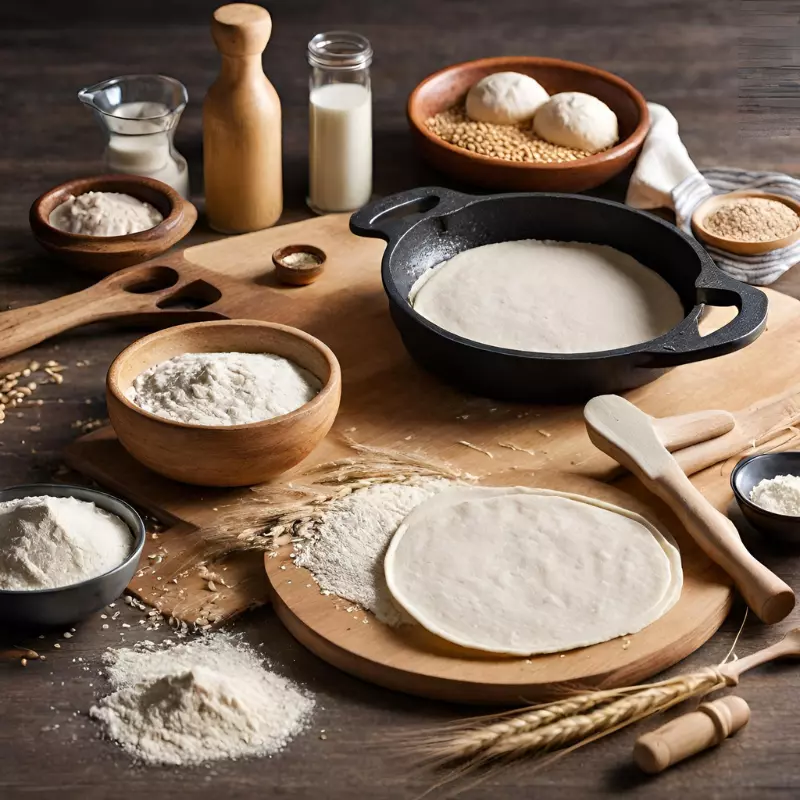
Ingredients for Homemade Flour Tortillas
- Flour: Start with four cups of all-purpose flour. This is the base of your tortillas and will determine their texture and flavor.
- Baking Powder: Baking powder acts as a leavening agent, giving the tortillas a slightly pillowy texture.
- Salt: A pinch of salt enhances the overall flavor of the tortillas.
- Lard: Lard is a common ingredient in Mexican cuisine and adds flavor while helping to create the perfect texture for the tortillas. You can substitute lard with shortening if preferred.
- Water: Water is essential for gluten development, which gives structure to the tortillas.
How to Make Homemade Flour Tortillas
- Make the Dough: Combine the flour, baking powder, salt, and lard in a large mixing bowl. Gradually add water and mix until a dough forms.
- Knead the Dough: Knead the dough on a floured surface until it becomes smooth and elastic.
- Divide and Shape: Divide the dough into small pieces and roll them into balls.
- Roll Out the Tortillas: Take each ball of dough and roll it out into a thin circle. Aim for even thickness to ensure uniform cooking.
- Cook the Tortillas: Heat a skillet over medium-high heat. Place a rolled-out tortilla in the skillet and cook until golden on both sides, flipping once. Each side should take about a minute to cook.
Using Homemade Flour Tortillas
Homemade flour tortillas can be used in various dishes such as burritos, quesadillas, fajitas, enchiladas, and flautas. They are incredibly versatile and can be filled or topped with a wide range of ingredients.
Storing Flour Tortillas
- Room Temperature: Store the tortillas in an airtight container at room temperature for up to 24 hours.
- Refrigeration: To store them for an extended period, refrigerate the tortillas for up to one week.
- Freezing: Flour tortillas can be frozen for about two months. To prevent sticking, place wax or parchment paper between each tortilla or flash freeze them on a baking sheet before storage.
Making tortillas at home is a simple process that yields delicious results. With these steps, you can enjoy fresh, homemade tortillas any time you crave them.
Mastering Tortilla-Based Dishes
Creative Tortilla Kitchen Recipes
Tortillas are incredibly versatile and can be used in a variety of creative recipes. Here are some ideas:
- Breakfast Burritos: Start your day with a hearty breakfast burrito. Fill a flour tortilla with scrambled eggs, sautéed spinach, savory ham, and cheese for a satisfying meal.
- Tortilla-Based Pizzas: Use a large flour tortilla as a thin-crust pizza base. Add your favorite toppings like sauce, cheese, and vegetables, then bake until crispy.
- Tortilla Soups: Cut tortillas into strips and fry until crispy. Add these to a spicy tomato-based soup with chicken, vegetables, and beans for a comforting meal.
- Quesadillas: A classic and simple dish. Fill tortillas with cheese and other ingredients like chicken, vegetables, or beans, then cook until the cheese is melted and the tortilla is crispy.
- Tortilla Chips: Cut tortillas into wedges, brush with oil, and bake until crispy. Serve with salsa, guacamole, or your favorite dip.
Tortilla Presses and Their Importance
A tortilla press is a traditional device used to make tortillas. It consists of two flat round surfaces that crush balls of dough into round tortillas. Tortilla presses are usually made of cast iron, aluminum, or wood. They are essential for achieving the perfect thickness and shape of tortillas, especially when compared to rolling them out with a rolling pin. The use of a tortilla press can significantly reduce the effort and time required to make tortillas at home.
Health and Nutrition: Choosing the Right Tortillas
When selecting tortillas for their health and nutritional benefits, you should understand the differences between the various types available and know what ingredients and nutritional content to look for.
Corn vs. Flour Tortillas
- Corn Tortillas: Historically a staple in the New World, corn tortillas are made from corn that’s been dried and finely ground into masa. They are typically more nutritious than flour tortillas, containing more fiber, less fat, and fewer calories. A standard corn tortilla (19g) contains about 45 calories, 0.5g of fat, 40mg of sodium, 9g of carbohydrates, 1g of fiber, 0g of sugars, and 1g of protein.
- Flour Tortillas: Introduced after wheat flour came to the New World, flour tortillas tend to be higher in calories and fat compared to corn tortillas. They are often made with hydrogenated trans fats and saturated fats like vegetable shortening or lard.
Whole Grain Tortillas
- Healthier Alternatives: For a healthier option, explore our guide on Delicious Salmon Cheese Steak Recipe: A Healthy Twist on a Classic, which pairs perfectly with whole-grain tortillas, rich in fiber, vitamins, minerals, and protein. Whole grains are a good substitute for processed, refined grains and can help improve blood sugar levels and provide a feeling of fullness.
- Nutritional Content: Whole grain tortillas generally have a lower glycemic index, meaning they raise blood sugars at a slower pace. They are also richer in heart-healthy, filling fiber.
Gluten-Free Options
- Suitable for Gluten-Free Diets: Corn and rice tortillas are excellent options for those following a gluten-free diet, offering a nutritious alternative without compromising on taste or texture.
Tortilla Kitchen : Labels and Ingredients
- Ingredient List: When purchasing tortillas, it’s crucial to read the ingredient list. Avoid tortillas with “enriched bleached flour” as the primary ingredient, as these are considered refined carbohydrates and can increase blood sugar levels more quickly.
- Caloric Content: Aim for tortillas that contain about 150 calories per serving (approximately 8 inches in diameter), which is roughly equivalent to two slices of bread.
Storing Tortillas
- Refrigeration for Freshness: Store whole grain tortillas in the refrigerator to maintain optimal freshness and discard them by the expiration date.
Using Tortillas in Healthy Recipes
- Versatile Use: Tortillas can be used in a variety of dishes, from quesadillas and tacos to wraps and roll-ups. Combine them with lean proteins like beans, eggs, tuna, turkey, fish, and healthy fats such as avocado, hummus, or oil-based dressing for a balanced, nutritious meal.
By choosing the right type of tortilla and being mindful of their ingredients and nutritional content, you can enjoy this staple food in a healthy and satisfying way. Whether you’re preparing a quick snack or a full meal, tortillas offer a versatile and nutritious option for a variety of dietary needs.
Tortilla Kitchen FAQs: Everything You Need to Know
Tortillas, a staple in Mexican cuisine, offer versatility and come in various types, each serving a unique purpose in cooking. Here are some frequently asked questions about tortillas, offering insights into their types, uses, and storage.
- What are Corn Tortillas?
- Corn tortillas are made from dried and finely ground corn (masa) and are typically six inches or smaller. They have a distinct corn flavor and a firm, chewy texture. They’re the traditional choice for tacos, enchiladas, taquitos, and other Mexican dishes.
- How to Soften and Warm Corn Tortillas?
- Fresh corn tortillas are firm yet pliable. To soften and warm them, you can:
- Heat them in a cast-iron skillet or oven at around 175°F for a couple of minutes.
- For enchiladas or taquitos, microwave them with a damp paper towel for at least 30 seconds until pliable.
- How to Store Corn Tortillas?
- Unopened corn tortillas last about a week at room temperature. In the fridge, they can last up to eight weeks. For longer storage, freeze them for up to eight months.
- What are Flour Tortillas?
- Popular in the U.S., manufacturers make flour tortillas with flour, lard (or other fats), salt, and water. These tortillas, being stronger, thicker, and larger than corn tortillas, are ideal for burritos, quesadillas, and fajitas.
- How to Use Flour Tortillas?
- You can use soft and pliable flour tortillas right away without risking them cracking. Warm them in a dry skillet or oven for the best results, as microwaving can make them gummy.
Also People Ask For:
- How to Store Flour Tortillas?
- Store flour tortillas in the pantry for about a week or in the fridge for about a month. For freezing, stack them with wax paper between each tortilla for easy separation after defrosting.
- What Constitutes Flavored Tortillas?
- Manufacturers typically use a flour base for flavored tortillas, like spinach or sundried tomato, and add seasonings for unique flavors. These tortillas often serve as the foundation for wrap sandwiches and can also replace regular flour tortillas in various dishes.
- How to Store Flavored Tortillas?
- Store flavored tortillas the same way as flour tortillas, either in the pantry, fridge, or freezer.
- Can You Use Corn Tortillas to Make Chips?
- Yes, slicing and frying corn tortillas yield crispy, delicious tortilla chips, perfect for dips or as a snack.
- Are Tortillas Suitable for Gluten-Free Diets?
- Corn and rice tortillas are suitable for gluten-free diets, offering a great alternative to those with gluten sensitivities.
Celebrating the Tortilla Kitchen
In our journey through the tortilla kitchen, we’ve uncovered the rich history, diverse types, and the art of making these beloved flatbreads. We’ve explored how a simple combination of flour or masa and water can lead to an endless array of delicious dishes. From the humble street taco to gourmet creations, tortillas are a testament to culinary simplicity and versatility.
Tortillas are not just food; they’re a cultural icon, a symbol of tradition and innovation in the kitchen. Whether you’re a seasoned chef or a home cook, the world of tortillas offers a playground of flavors and textures. So, next time you bite into a soft, warm tortilla, remember, you’re not just enjoying a meal, you’re partaking in a rich culinary tradition that spans generations and borders.
As we conclude our tortilla tale, remember that the best dishes come from experimentation and a dash of love. So, roll up your sleeves, get your tortilla press ready, and let the magic unfold in your kitchen. And for more inspiration on creative tortilla recipes, don’t forget to check out these tantalizing ideas from Food Network.
Happy cooking, and here’s to the endless possibilities that a simple tortilla can bring to your table!
